Navigating the complexities of sea freight shipping from China to Chile can seem daunting, yet it remains one of the most effective and economical methods for importing goods. As businesses increasingly rely on global trade, understanding the nuances of this transportation mode is crucial. From distinguishing between Full Container Load (FCL) and Less than Container Load (LCL) to preparing essential documentation, this guide will equip you with the knowledge to make informed decisions. Whether you’re shipping electronics, industrial equipment, or temperature-sensitive products, mastering the sea freight process can lead to significant savings and optimized logistics for your imports.
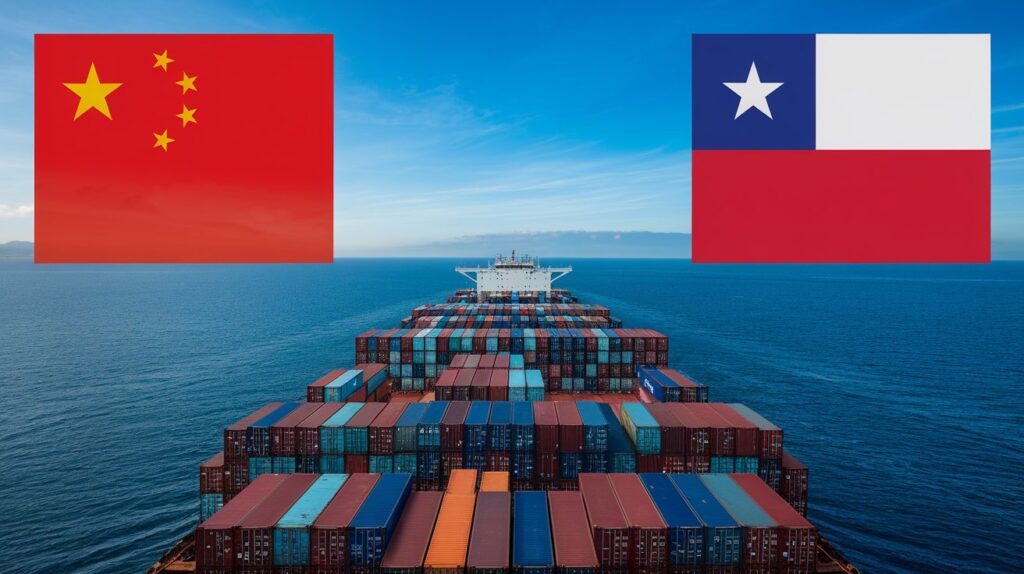
Understanding Sea Freight Shipping From China to Chile
Sea freight shipping refers to the process of transporting goods via ocean vessels, primarily used for international trade. This method involves several steps, including cargo loading at the point of origin, maritime transport, and unloading at the destination port. Sea freight is often preferred by businesses for its cost-effectiveness, especially when transporting large volumes of goods over long distances.
In the context of shipping from China to Chile, this mode of transport is particularly advantageous due to China’s status as a global manufacturing hub. Chile, with its diverse import needs, relies heavily on sea freight for the importation of various goods ranging from electronics to industrial equipment.
Benefits of Sea Freight from China to Chile
Shipping goods from China to Chile via sea freight offers several benefits:
| Benefit | Description |
|---|---|
| Cost Efficiency | Sea freight is often cheaper than air freight, especially for bulk shipments. |
| Capacity | Ocean vessels can carry large quantities of goods, accommodating various types of cargo. |
| Versatility | Suitable for a wide range of products, including oversized and heavy items. |
| Environmental Impact | Generally has a lower carbon footprint per ton than air transport. |
| Global Reach | Offers access to numerous ports globally, facilitating trade with Chile. |
By leveraging these benefits, businesses can optimize their import processes while ensuring that their goods arrive safely and on time.
Types of Sea Freight Services
When shipping from China to Chile, various sea freight services are available. These include:
-
Full Container Load (FCL): Ideal for businesses with large shipments, FCL involves renting an entire container for exclusive use. This service is cost-effective for bulk cargo, allowing for better control over loading and unloading schedules.
-
Less than Container Load (LCL): Suitable for smaller shipments, LCL allows multiple shippers to share a single container. This service is advantageous for companies looking to save on costs while still benefiting from sea freight.
-
Reefer Services: For temperature-sensitive cargo, refrigerated containers (reefers) are essential. This service ensures that perishable goods, such as food and pharmaceuticals, maintain the required temperature throughout the journey.
Break Bulk Shipping: For oversized or irregularly shaped items that cannot fit into standard containers, break bulk services enable the transport of these goods while ensuring secure handling.
READ MORE:
- Shipping From China to the United States
- Shipping From China TO Canada
- Shipping From China TO Mexico
- Shipping From China to Panama
- Shipping From China to Costa Rica
- Shipping From China to Brazil
- Shipping From China TO Colombia
- Shipping From China to Jamaica
- Shipping From China to Venezuela
Preparing for Your Sea Freight Shipment
Calculating Cargo Volume and Weight
Accurate calculation of cargo volume and weight is crucial for efficient sea freight shipping. This information directly influences shipping costs and the choice of container. Cargo volume is typically measured in cubic meters (CBM), while weight is measured in metric tons. To calculate these metrics, consider the dimensions of your goods and any packaging used.
For example, the formula to calculate volume is as follows:

Understanding the total weight and volume of your shipment helps in comparing costs between FCL and LCL services.
Choosing Between FCL (Full Container Load) and LCL (Less Than Container Load)
The decision between FCL and LCL is pivotal in optimizing shipping costs and logistics efficiency. Here are key considerations:
| Criteria | FCL (Full Container Load) | LCL (Less than Container Load) |
|---|---|---|
| Shipment Size | Suitable for large shipments that fill a container. | Ideal for smaller shipments that do not fill a container. |
| Cost | More economical per unit if the container is fully utilized. | Costs are shared among multiple shippers, making it cheaper for smaller loads. |
| Transit Time | Generally faster as the container does not need to be consolidated. | May take longer due to consolidation and deconsolidation processes. |
| Security | Higher security with exclusive use of the container. | Slightly less secure, as multiple shipments share container space. |
Selecting the right option depends on the specific needs of your shipment, budget, and timeline.
Selecting the Right Container Size
Choosing the appropriate container size is essential for maximizing shipping efficiency and minimizing costs. Common container sizes include:
| Container Size | Capacity | Common Uses |
|---|---|---|
| 20-foot container | Approximately 33 cubic meters (CBM) | Ideal for smaller shipments or heavy items. |
| 40-foot container | Approximately 67 CBM | Suitable for larger shipments, including bulk goods. |
| 40-foot high cube | Approximately 76 CBM | Offers extra height, accommodating taller items. |
| Reefer container | Varies based on dimensions | Used for temperature-sensitive goods. |
Determining the right container size based on your cargo volume and weight will ensure efficient use of space and cost management.
For those looking to streamline their shipping process from China to Chile, Dantful International Logistics offers a comprehensive range of solutions. With expertise in door-to-door shipping, customs clearance, and warehouse services, Dantful is your trusted partner in navigating the complexities of international freight logistics. Explore our services today to optimize your shipping needs and ensure timely delivery.
Essential Documents for Sea Freight From China to Chile
When engaging in sea freight shipping from China to Chile, several essential documents are required to ensure compliance with international trade regulations and facilitate a smooth shipping process. These documents serve as proof of transaction, provide necessary information for customs clearance, and ensure that both parties can track and manage the shipment effectively.
Commercial Invoice
The commercial invoice is a crucial document that outlines the transaction between the buyer and the seller. It includes essential details such as:
- Seller and buyer information
- Description of the goods
- Quantity and unit price of each item
- Total value of the shipment
- Payment terms
This document is necessary for customs clearance and serves as a legal document in the event of disputes.
Packing List
The packing list provides detailed information about the contents of the shipment. It includes:
- Itemized list of goods being shipped
- Weight and dimensions of each package
- Packaging type (e.g., boxes, pallets)
- Any special handling instructions
The packing list aids customs officials in verifying the cargo and ensures proper handling during transportation.
Bill of Lading
The bill of lading (B/L) is a legal contract between the shipper and the carrier. It serves as a receipt for the cargo and includes:
- Details of the shipper and consignee
- Description of the cargo
- Shipping route
- Terms of transportation
There are two main types of bills of lading: straight (non-negotiable) and negotiable, which allows the transfer of ownership of goods.
Certificate of Origin
The certificate of origin is a document that certifies the country in which the goods were manufactured. It is important for:
- Determining the rate of duty applicable for customs clearance
- Complying with trade agreements or regulations
This document is usually issued by a relevant authority, such as a chamber of commerce.
Customs Declaration Forms
Customs declaration forms are required for both export from China and import into Chile. These forms include:
- Details of the cargo
- Value of the goods
- Country of origin
- Taxes and duties applicable
Accurate completion of these forms is essential for customs clearance and avoiding delays.
The Sea Freight Shipping Process: Step-by-Step
The sea freight process from China to Chile involves several methodical steps that ensure the safe and timely delivery of goods. Understanding each step can help importers better manage their shipments.
1. Obtaining a Freight Quote and Booking
This initial step involves contacting a freight forwarder to obtain a freight quote. Key actions include:
- Providing Shipment Details: Shippers need to share vital information such as cargo dimensions, weight, destination, and preferred shipping dates.
- Agreeing on Shipping Terms and Rates: Discuss payment terms, insurance options, and the freight forwarder’s services.
- Confirming the Booking: Once the terms are agreed upon, confirm the booking for the selected shipping service.
2. Cargo Pick-Up and Delivery to the Port
After booking, the next step involves logistics coordination:
- Arranging Cargo Pick-Up: Coordinate with the freight forwarder to arrange pickup from the supplier’s location in China.
- Transporting Goods to the Port: Ensure safe transport to the departure port, considering transit time and road conditions.
3. Export Customs Clearance in China
Before the cargo can be loaded onto the vessel, it must clear export customs:
- Submitting Required Documents: Provide all necessary documents, including the commercial invoice and packing list, to customs authorities.
- Paying Export Duties and Taxes: Ensure all applicable fees are settled to avoid delays.
4. Loading and Ocean Transportation
Once cleared, the cargo will be loaded onto the vessel:
- Loading the Cargo onto the Vessel: Ensure proper loading procedures are followed to prevent damage during transit.
- Transit Time from China to Chile: The typical transit time varies, averaging 20-30 days, depending on the shipping route and conditions.
5. Import Customs Clearance in Chile
Upon arrival, the cargo must clear customs in Chile:
- Submitting Import Documents: Present all necessary documentation, including the certificate of origin and customs declaration forms.
- Paying Import Duties and Taxes: Settle any applicable taxes based on the value of the shipment and relevant customs laws.
6. Cargo Unloading and Delivery to the Final Destination
The final step involves the delivery of goods:
- Unloading the Cargo: Once customs clearance is complete, cargo is unloaded at the port of arrival in Chile.
- Arranging for Final Delivery: Coordinate with local logistics providers to arrange transportation to the warehouse or designated facility.
You may be interested in the following related articles:
- Door to Door Shipping from China to Guatemala: A Step-by-Step Process
- Step-by-Step Process of Door to Door Shipping from China to Peru
- Step-by-Step Process of Door to Door Shipping from China to Uganda
- Door to Door Shipping from China to Hungary: A Step-by-Step Process
- Step-by-Step Process for Door to Door Shipping from China to Brazil
- Ultimate Guide to Door-to-Door Shipping from China to France – A Step-by-Step Process
Challenges of Sea Freight
While sea freight offers numerous benefits, there are challenges that shippers should be aware of.
Longer Transit Times: Planning for Delays
Sea freight is often slower than air freight, which can lead to delays. It’s essential to account for potential disruptions such as port congestion, customs inspections, and weather conditions.
Weather-Related Risks: Ensuring Cargo Safety
Weather can significantly impact shipping schedules. From storms to heavy winds, adverse weather conditions can lead to delays or even damage to cargo. It’s crucial to have adequate insurance services to protect against potential losses.
Tips for a Smooth Sea Freight Experience
To ensure a successful and efficient shipping experience, consider the following tips:
Choosing a Reliable Freight Forwarder
Partnering with a reputable freight forwarder, such as Dantful International Logistics, can simplify the shipping process. They offer expertise in navigating customs and logistics, ensuring your cargo is handled professionally.
Packing and Labeling Your Cargo Properly
Proper packing and labeling are crucial for minimizing damages and ensuring compliance with regulations. Use high-quality materials and follow guidelines for labeling to facilitate customs inspections.
Tracking Your Shipment During Transit
Utilize tracking tools provided by your freight forwarder to monitor your shipment’s status during transit. Real-time updates can help you manage expectations and address any issues promptly.
Preparing for Potential Delays or Unexpected Events
Anticipate potential challenges and develop contingency plans. Having a flexible timeline and clear communication with your freight forwarder can mitigate stress in case of disruptions.
By following these guidelines and collaborating with experts in the field, businesses can navigate the complexities of sea freight effectively while ensuring a seamless import experience from China to Chile.
FAQs
1. What is sea freight shipping?
Sea freight shipping is the process of transporting goods via ocean vessels for international trade. It involves loading cargo at the origin, maritime transport, and unloading at the destination port, making it a cost-effective option for transporting large volumes of goods.
2. What are the benefits of shipping from China to Chile via sea freight?
Shipping by sea offers several advantages, including cost efficiency, the ability to transport large quantities of goods, versatility for various types of products, a lower carbon footprint compared to air freight, and access to numerous global ports.
3. What types of sea freight services are available?
The main types of sea freight services include:
- Full Container Load (FCL): Renting an entire container for large shipments.
- Less than Container Load (LCL): Sharing a container for smaller shipments.
- Reefer Services: Using refrigerated containers for temperature-sensitive goods.
- Break Bulk Shipping: Transporting oversized or irregularly shaped items.
4. How do I choose between FCL and LCL?
Choosing between FCL and LCL depends on shipment size and cost considerations. FCL is more economical for large shipments that fill a container, while LCL is ideal for smaller shipments that do not require a full container.
5. What are the essential documents required for shipping?
Key documents include:
- Commercial Invoice: Outlines buyer-seller transaction details.
- Packing List: Details the contents and packaging of the shipment.
- Bill of Lading: A legal contract between the shipper and the carrier.
- Certificate of Origin: Certifies the country of manufacture.
- Customs Declaration Forms: Required for export and import customs clearance.
6. What is the typical transit time for sea freight from China to Chile?
The average transit time for sea freight from China to Chile is typically 20-30 days, depending on the shipping route and conditions.
7. What challenges should I be aware of when using sea freight?
Challenges include longer transit times, potential delays due to port congestion or customs inspections, and risks associated with adverse weather conditions. It’s advisable to have proper insurance services to mitigate potential losses.

Young Chiu is a seasoned logistics expert with over 15 years of experience in international freight forwarding and supply chain management. As CEO of Dantful International Logistics, Young is dedicated to providing valuable insights and practical advice to businesses navigating the complexities of global shipping.




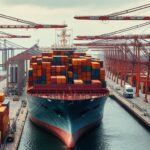






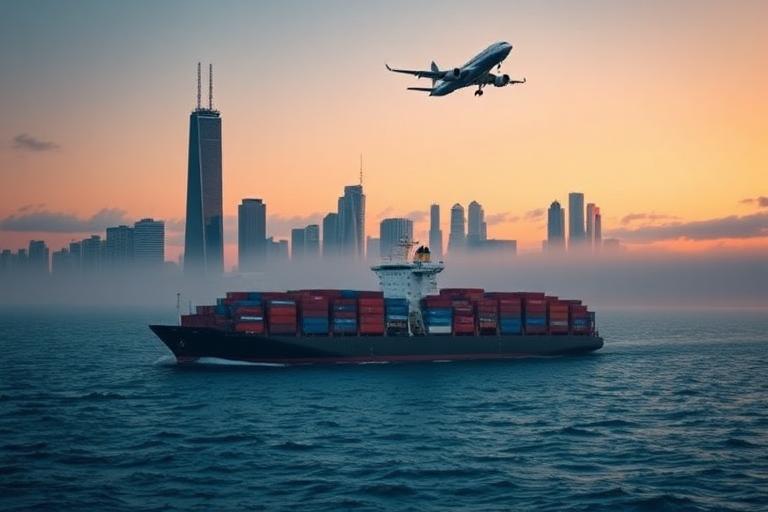
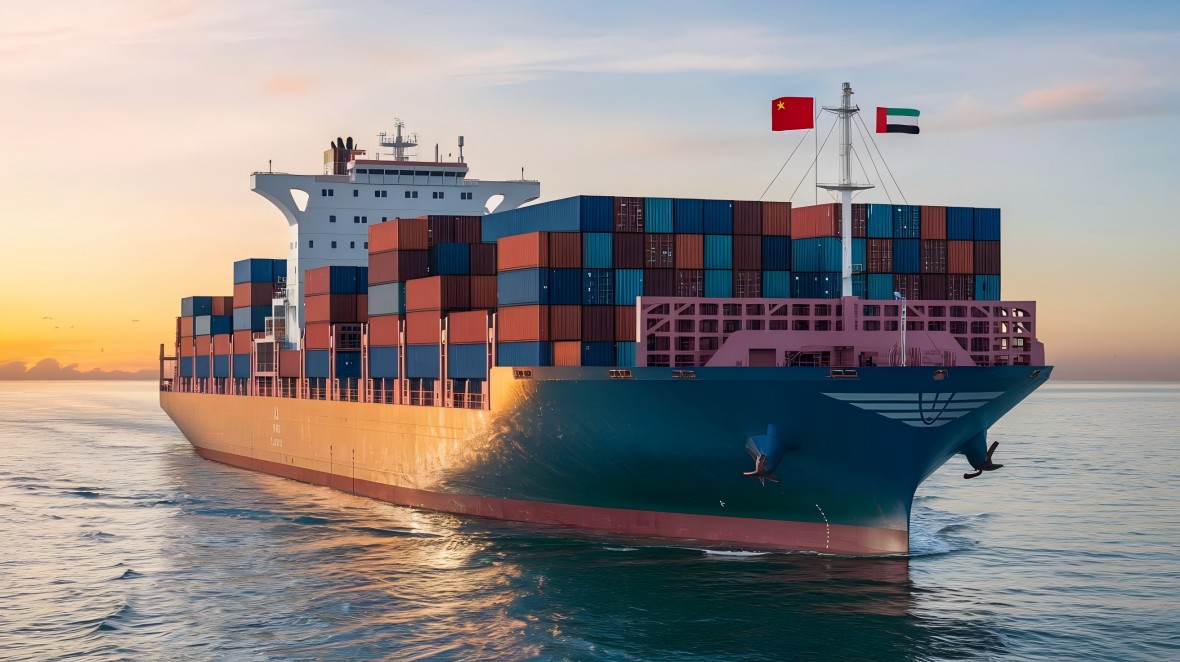
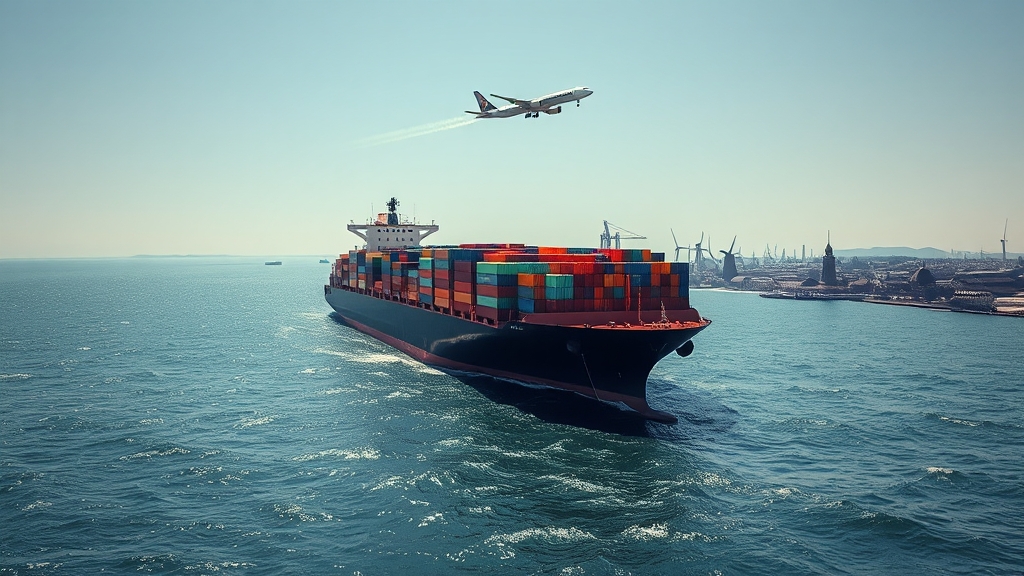
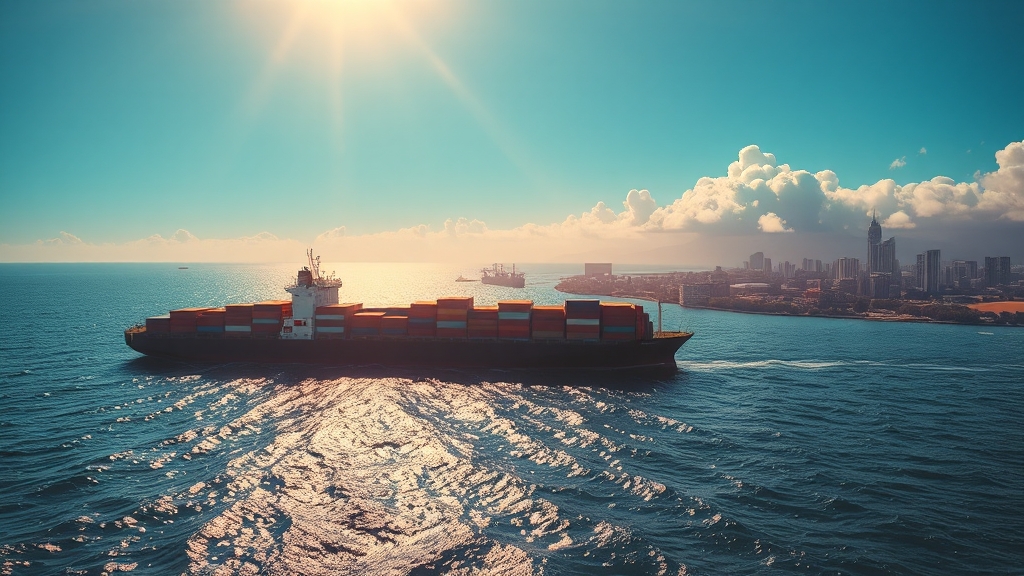
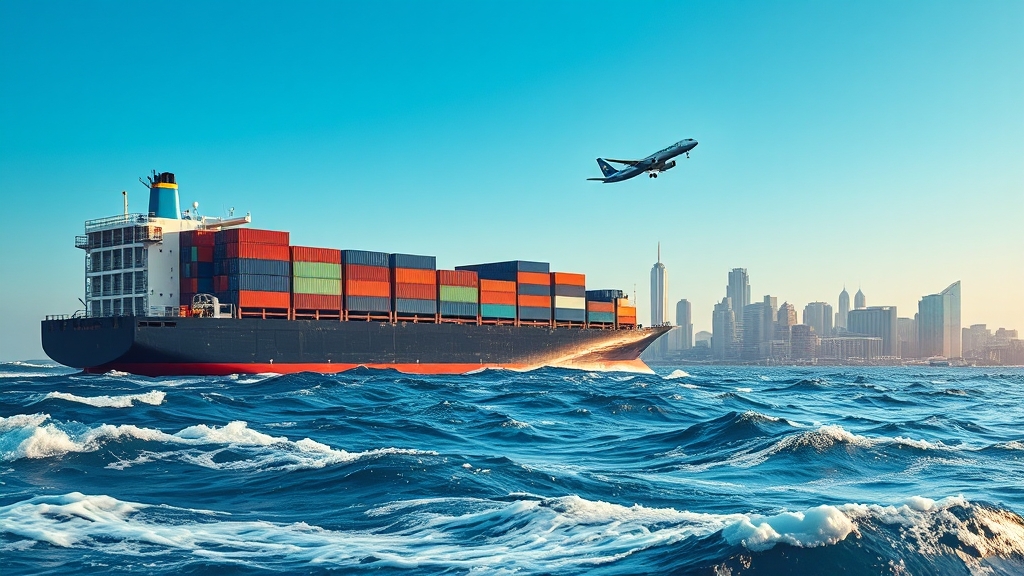





 Afrikaans
Afrikaans Shqip
Shqip አማርኛ
አማርኛ العربية
العربية Հայերեն
Հայերեն Azərbaycan dili
Azərbaycan dili Euskara
Euskara Беларуская мова
Беларуская мова বাংলা
বাংলা Bosanski
Bosanski Български
Български Català
Català Cebuano
Cebuano Chichewa
Chichewa 简体中文
简体中文 繁體中文
繁體中文 Corsu
Corsu Hrvatski
Hrvatski Čeština
Čeština Dansk
Dansk Nederlands
Nederlands English
English Esperanto
Esperanto Eesti
Eesti Filipino
Filipino Suomi
Suomi Français
Français Galego
Galego ქართული
ქართული Deutsch
Deutsch Ελληνικά
Ελληνικά Kreyol ayisyen
Kreyol ayisyen Harshen Hausa
Harshen Hausa Ōlelo Hawaiʻi
Ōlelo Hawaiʻi עִבְרִית
עִבְרִית हिन्दी
हिन्दी Hmong
Hmong Magyar
Magyar Íslenska
Íslenska Igbo
Igbo Bahasa Indonesia
Bahasa Indonesia Gaeilge
Gaeilge Italiano
Italiano 日本語
日本語 Basa Jawa
Basa Jawa ಕನ್ನಡ
ಕನ್ನಡ Қазақ тілі
Қазақ тілі ភាសាខ្មែរ
ភាសាខ្មែរ 한국어
한국어 كوردی
كوردی Кыргызча
Кыргызча ພາສາລາວ
ພາສາລາວ Latin
Latin Latviešu valoda
Latviešu valoda Lietuvių kalba
Lietuvių kalba Lëtzebuergesch
Lëtzebuergesch Македонски јазик
Македонски јазик Malagasy
Malagasy Bahasa Melayu
Bahasa Melayu മലയാളം
മലയാളം Maltese
Maltese Te Reo Māori
Te Reo Māori मराठी
मराठी Монгол
Монгол ဗမာစာ
ဗမာစာ नेपाली
नेपाली Norsk bokmål
Norsk bokmål پښتو
پښتو فارسی
فارسی Polski
Polski Português
Português ਪੰਜਾਬੀ
ਪੰਜਾਬੀ Română
Română Русский
Русский Samoan
Samoan Gàidhlig
Gàidhlig Српски језик
Српски језик Sesotho
Sesotho Shona
Shona سنڌي
سنڌي සිංහල
සිංහල Slovenčina
Slovenčina Slovenščina
Slovenščina Afsoomaali
Afsoomaali Español
Español Basa Sunda
Basa Sunda Kiswahili
Kiswahili Svenska
Svenska Тоҷикӣ
Тоҷикӣ தமிழ்
தமிழ் తెలుగు
తెలుగు ไทย
ไทย Türkçe
Türkçe Українська
Українська اردو
اردو O‘zbekcha
O‘zbekcha Tiếng Việt
Tiếng Việt Cymraeg
Cymraeg יידיש
יידיש Yorùbá
Yorùbá Zulu
Zulu